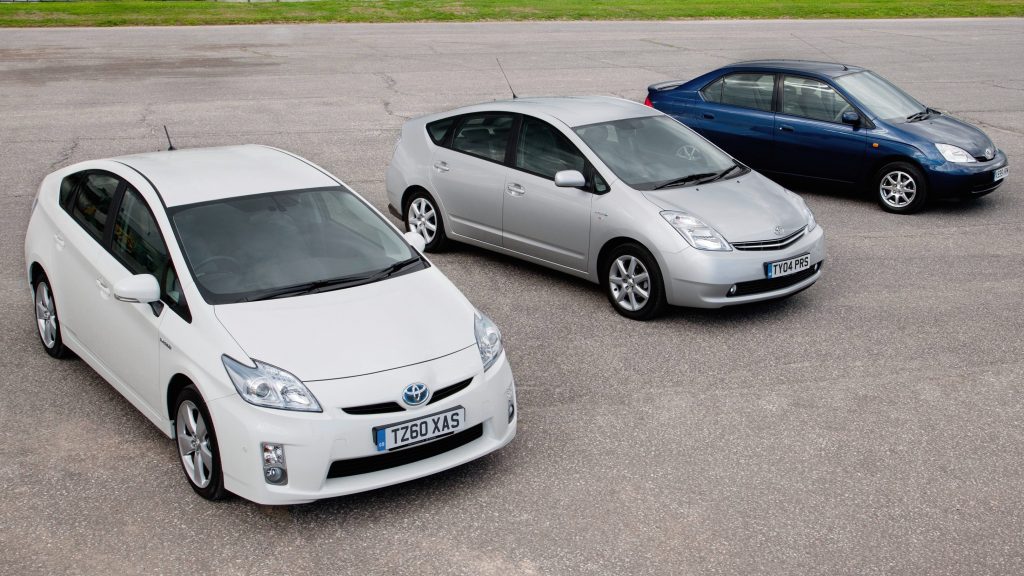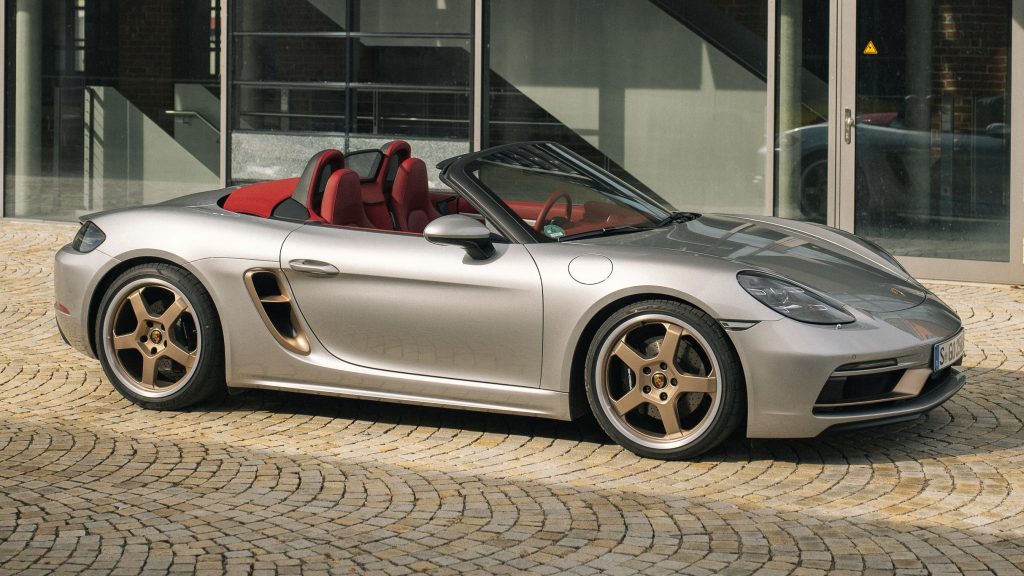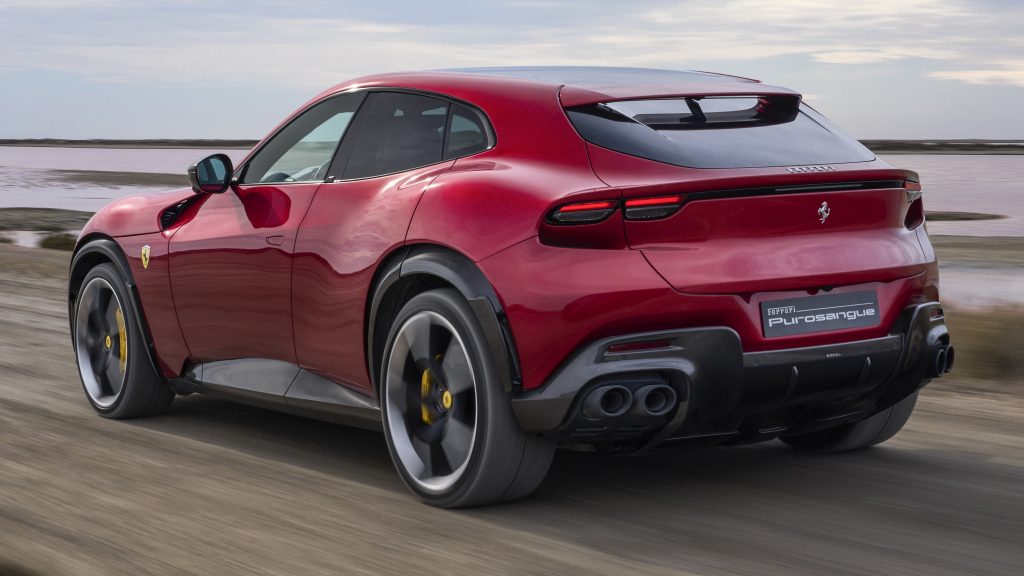The goal is to minimize CO2 emissions and we all know that. However, not everyone is onboard with the rise of electrification. Will the e-fuel be a valid alternative?

Engineering is a field with an intriguing purpose. It is not about the possibility to produce something, but to make it viable. Airless tires, electric bicycles, flying cars… it can all be done. We either already have the technology to build those products or can create what they need. That has never been the problem.
The tough questions involve money. Can I fund the product’s development? How much can I charge for it? Will many people be able to buy it? How much will I spend to keep it on sale? Engineers have to deal with all that. More often than not, it leads to devising multiple solutions to the very same problem.

Environment before the e-fuel
By now, we all know that we have to do something. Fossil fuels are made using non-renewable materials, combustion engines pollute too much, carbon dioxide emissions harm the environment in several ways… None of that is new. When it comes to the car world, the most common solution has been electrification. Some cars use batteries, others use hydrogen tanks, there are even a few models that apply solar panels.
Those examples show, once again, that we can build solutions just fine. The real problem is making them appropriate for the real world. Electric cars are offering better performance and battery range by the year, but there are other issues. Real consumers face range anxiety, long wait to recharge batteries, difficulty to find stations in some regions and, more recently, rising electricity costs. That surely harms their interest.
One can say that those issues have a common root: electric cars are too distant from our reality. We come from a whole century based on combustion engines; our whole society built itself using them. We cannot simply change everything all of a sudden. That is why engineering, in its continuous pursuit for viability, has created technologies that work as a “bridge”. That is the case with hybrid electric cars and the biofuel.
The purpose of hybrid cars is straightforward: since it is hard to adopt full electrification right away, let us go by steps. In short, the electric motor only works in some conditions, and the combustion unit is right there, ready to work when it is necessary. However, it is easy to find a flaw in that plan: you cannot obtain the benefits of full electrification, such as lower CO2 emissions, if you are… not using full electrification.

Synthetic fuel to the rescue?
Also named biofuel or e-fuel, it works just like any fossil fuel but has artificial production. The industry has made sure to produce it using renewable sources which, in some cases, turn out to consume CO2 instead of emitting it. This technology is already being offered to end consumers in some situations; the industry can already produce synthetic fuel for the needs of planes, ships and trucks, not to mention urban cars.
In other words, we may use the same way as always, but now we can produce it with much lower impacts. Pretty interesting, right? Many carmakers happen to share this opinion. In fact, they have been influencing lawmakers to ease up on their latest plans to ban combustion engines because of e-fuel. However, we are going to cover that issue in a while. For now, let us properly explain the current synthetic fuel examples.

Biomass to liquid biofuel
Humanity has used this energy source for a long time. It comes from living organisms, such as plants and animals, and can be their organic matter or their waste. The industry heats biomass up to around 1300° F (700° C) with a controlled amount of oxygen to produce syngas. This gas goes through other processes to become biofuel. Companies apply biomass to provide that heat to make the process more sustainable.
The main characteristic here is viability. Biomass can come from local areas, which reduces transportation costs, and use a highly common source. However, growing crops for fuel means having fewer arable areas to produce food, which is the most impactful problem. We can also mention that biofuel has less energy; It is usually mixed with fossil fuels to mitigate that issue, but that ends up mitigating its benefits as well.

Power to liquid synthetic fuel
This process starts with electricity. You can use it to perform electrolysis and split water into hydrogen and oxygen. The former goes through another reaction, named reverse water gas shift, and generates syngas. Then, you can do the same as before to obtain e-fuel. As you can imagine, the ideal setting is to generate that initial supply of electric energy using clean and renewable sources, such as hydro, sunlight, or wind.
So far, there are no plants for that exact process. But the main issue is actually another one. Those plants would only be cost-efficient in areas where those renewable energy sources are cheap. The other option would be to bring clean energy from elsewhere and store it in batteries for e-fuel production. That would increase both transportation and storage costs, which would make the process less attractive as a whole.

Sunlight to liquid e-fuel
We can consider this process a simplified version of the previous one. It starts with the regular production of solar energy, where sunlight directly heats panels that generate electricity. Then, that energy is routed to a thermochemical reactor where carbon dioxide and water are used to produce syngas. It is possible to store the excess of energy produced during the day to keep producing syngas and e-fuel even at night.
This procedure has not been put to practice yet, just like the previous one. As you can imagine, it reaches peak effectiveness when installed in regions with high solar radiation such as deserts. While those plants can easily become self-sufficient, their equipment is likely to be expensive. Besides that, the need to build them in such specific locations increases transportation costs. That makes the whole venture less viable.

What are the pros and cons?
Once the fuel is ready, everything else is the same. The same piping system can distribute it, the same gas stations can sell it, and the same engines can burn it. Those similarities make half the process simpler and, as a result, cheaper. Another advantage regards airplanes: if they used batteries to store the same amount of energy provided by their current tanks, those batteries would be too heavy and take too much space.
Moving back to cars, the industry also claims that synthetic fuel allows people to keep using their current cars. Classic car collectors will not need to resort to electromod, which would harm their condition; Sports automakers will be able to preserve the emotional characteristics that have built their image, such as their engine sound; and low-income families will not be suddenly forced to spend money on an electric car.

The only source of e-fuel currently available in the market is biomass, so we can start with the advantages mentioned above. Parallel to those, we have to admit that the push for electrification has come with many upgrades of other kinds too. Newer cars are more aerodynamic and feature cutting-edge technologies for comfort and safety. There are also brand-new possibilities such as toying with front and rear-wheel drive.
Recent studies also show that synthetic fuel will be more expensive. It is likely to be popular only among enthusiasts, who tend to be wealthier and to drive classic cars only a few times, than low-income families. Speaking of the latter, Iveco’s CEO has recently raised another issue. If biofuel becomes cheap, people will simply cling to their current cars. With new-car prices rising, market demand could be sharply reduced.

Conclusions about e-fuel
- Easy and simple to distribute to consumers.
- Reduces CO2 emissions without making cars too expensive.
- There are several sources, so there should be an adequate one for each region
- Refueling will become less affordable especially for frequent use.
- Tends to discourage the auto industry’s pursuit of energetic efficiency.
- Sustainable methods reduce the advantage of low overall cost.
What we know so far is that the European Union has approved that exception for synthetic fuel on its ICE ban. That change has worldwide implications and the car industry is divided. Sports-car makers like Ferrari and Porsche are celebrating the decision while others have simply kept their electrification schedule. The idea is that, once fossil fuels are banned in 2035, cars will have to use either electricity or synthetic fuel.

This article aims to introduce you to synthetic fuel as well as to the debate which the car industry has built around it. We know that it is not an easy problem to solve especially because the solution is not absolute. It is directly related to customer demand, and that will vary according to the region and to the segment of the market. Now that you have read the article, would you consider yourself in favor or against e-fuel?
Sources
- Biomass energy – National Geographic
- Current and future cost of e-kerosene in the United States and Europe – ICCT
- E-Fuel Is ‘Champagne’ Fix in EU Carbon Plan, Iveco CEO Says – Bloomberg
- EU Drafts Plan To Let ICE Cars Use E-Fuels After 2035 – Carscoops
- Most and Least EV-Friendly Places to Live in America – iSeeCars
- New Study: How Long Do Electric Car Batteries Last? – Recurrent
- One-third of Americans would consider EV purchase – Reuters
- Rising Rates Short Circuit Electric Vehicle Home Charging Satisfaction – J.D. Power
- Synthetic fuels explained – Synhelion
- US Electric Cars Set Record With Almost 300-Mile Average Range – Bloomberg
Danillo Almeida has explored his passion for cars in two distinct ways. The first one is his graduation course in Mechanical Engineering, which will hopefully lead to a job position in the field. The other one is expressing his knowledge and opinions on the matter through writing. Almeida has already contributed to blogs, stores, and websites in general writing automotive content in many formats.



